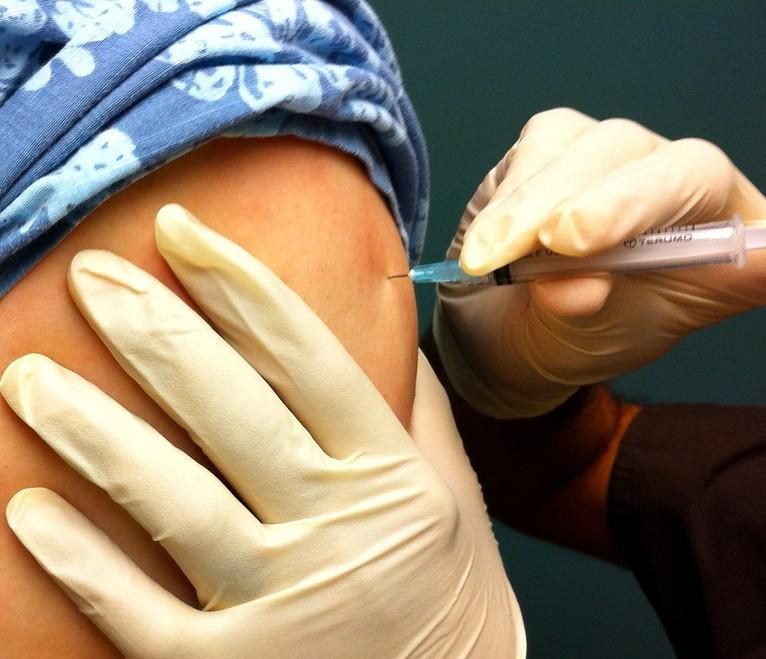
Scientists have discovered that the same device used to measure C-reactive protein (CRP) in blood to diagnose bacterial meningitis is also sensitive enough to measure it in cerebrospinal fluid (CSF), which can speed accurate diagnosis and treatment of the life-threatening illness, according to a study published yesterday in The Lancet Regional Health Europe.
Researchers from the University of Amsterdam in the Netherlands and their colleagues validated the test in two cohorts of patients who had confirmed or suspected central nervous system (CNS) infections.
The team measured CRP in the CSF of 103 adults from Denmark, including 34 (33%) with bacterial meningitis, and 77 Dutch children, 17 of whom (22%) had bacterial meningitis. The investigators then implemented and tested it in clinical practice in 80 patients, of whom 15 (19%) were diagnosed as having bacterial meningitis, from June to November 2024.
Ready for clinical use, authors say
In the adults, the area under the curve (AUC) was 0.92, indicating an excellent ability to diagnose bacterial meningitis. With a predetermined cutoff of 0.3 milligrams per liter (mg/L), sensitivity was 85%, and specificity was 96%.



.jpg)












